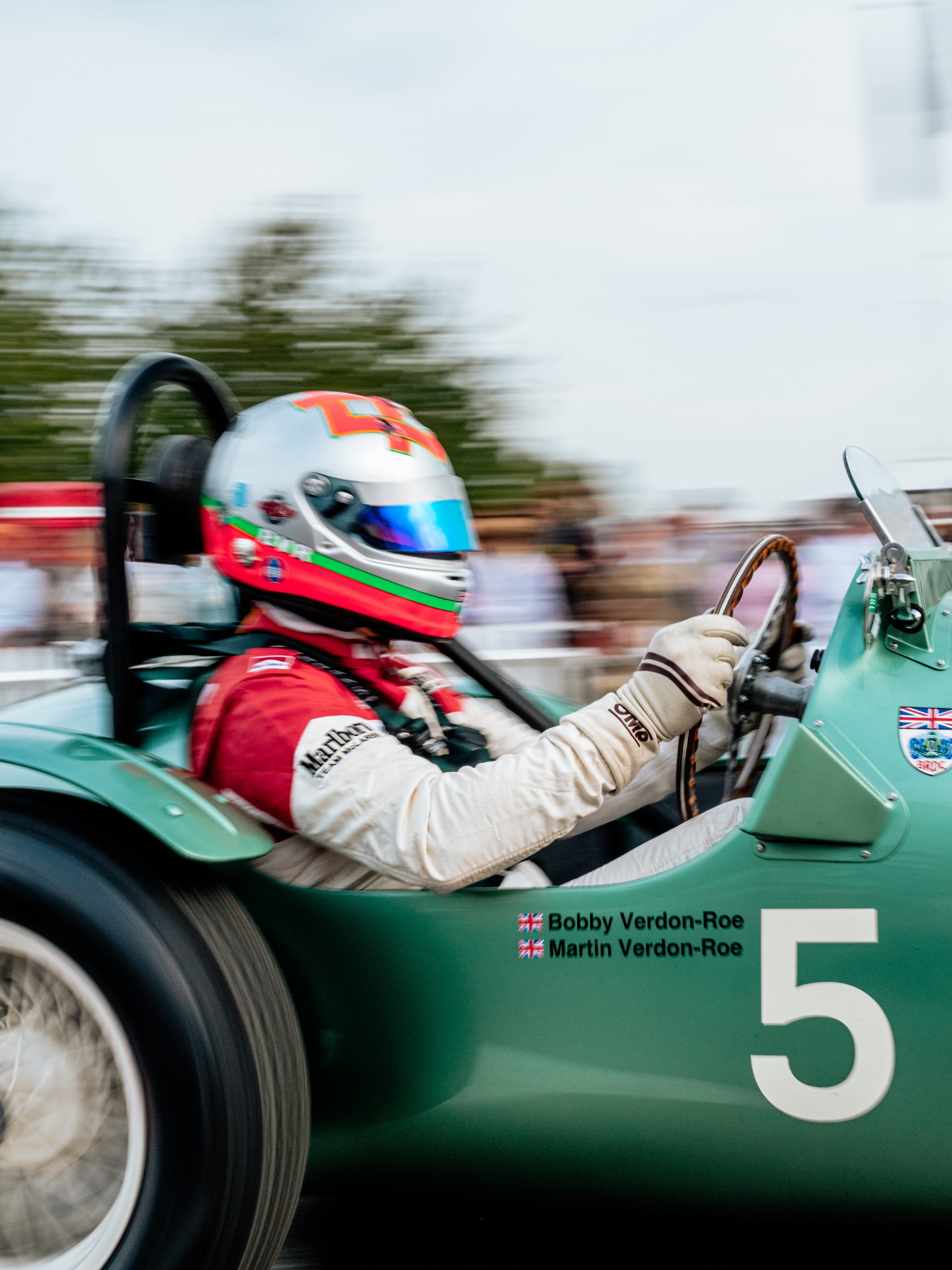Is the Maserati Sebring the perfect Italian GT?
When it comes to historic names, Maserati surely must be one of the biggest when you think of vintage motor racing.Established in Bologna in December 1914, the Italian marque was heavily involved in racing throughout its history, participating in various disciplines including Formula One, sports car racing and touring cars, both as a works team and through private entrants.

One of Maserati’s most famous drivers was of course Juan Manuel Fangio who won the 1957 World Championship of Drivers with a Maserati 250F. Throughout the team’s participation in F1 in the 1940s, 1950s and 1960s, its works programme was broadly successful, providing a total of nine Grand Prix wins for the factory team.
Maserati even enjoyed consistent successes in GT racing, winning the famously challenging and dangerous Targa Florio – one of the world’s most prestigious racing events ever to be conceived – every year from 1937 to 1940 inclusive. Indeed, when it comes to CVs, Maserati and its experience within the world of heritage racing cannot be questioned.
Ultimately though, the brand’s love affair with competitive racing would come to an end following the Guidizzolo tragedy during the 1957 Mille Miglia, though it did continue to build cars for privateers in the background.
Following its withdrawal from works racing, Maserati began to focus its energy and passion on road-going GTs. One such example, a stunning 1962 Sebring 2+2 coupe, the predecessor to the 3500 GT, can be found here at Goodwood Revival within the Earls Court Motor Show.
A perfect example of an early ’60s Italian grand tourer, this car was the first Maserati not to be called a model number, instead being named ‘Sebring’ to honour the victories Maserati earned at the prestigious 12-hour race. Another nod to that incredible racing lineage we touched on.
The hand-built Sebring is a roomy steel-bodied number with a bootlid and bonnet composed of aluminium. It has a 3485cc six-cylinder engine that was later upgraded to a 3694cc unit. A five-speed ZF manual transmission drives the rear wheels while modern disc brakes provided the stopping power. With an impressive top speed of 137mph, the Sebring featured everything from the Maserati 3500 GT, except its coachwork, and could achieve 0-60mph in just 8.5 seconds.
Only 600 examples of the Sebring were produced between 1962 and 1968, so make sure you get down to the Earls Court Maserati exhibit to look around. You’ll also find a brand new Maserati Ghibli Gransport and a Levante Diesel Granlusso to take a poke around.
Photography by James Lynch
Revival
Revival 2018
2018








